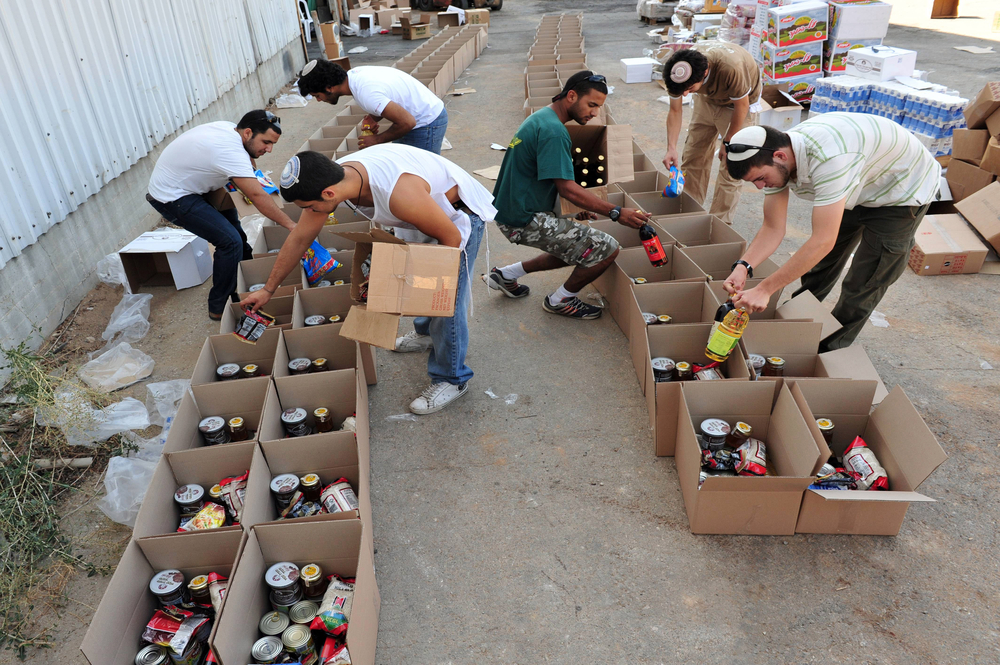THE ART OF COMMUNAL RESPONSIBILITY

click shoftim 2024 to download
THE ART OF COMMUNAL RESPONSIBILITY
In this week’s parasha, the law of the Eglah Arufah is mentioned. This law applies when a murdered person is found in a field, and the killer is unknown. The elders and judges of the nearest city must measure the distance to determine which city is closest to the crime scene. The elders of that city then bring an unworked, unyoked calf (the eglah) to a barren valley and perform a ceremony, which includes breaking the calf’s neck. This process symbolizes atonement for the innocent bloodshed, and the elders declare they are not responsible for the crime, יָדֵ֗ינוּ לֹ֤א שפכה שָֽׁפְכוּ֙ אֶת־הַדָּ֣ם הַזֶּ֔ה our hands did not spill this blood, asking God for forgiveness on behalf of the community.
The Eglah Arufah emphasizes communal responsibility. The community could be considered responsible for the murder, not in the sense of direct guilt but in terms of neglect. The law of eglah arufah highlights the collective responsibility to ensure safety, justice, and care for others, especially strangers and travelers. If a person was killed near a city, it suggests that the community may have failed in its duty to provide protection, hospitality, or sufficient law enforcement. The ritual serves as a form of communal introspection, where the elders symbolically declare they did not neglect the victim and did everything within their power to prevent such violence. It stresses that communities should be proactive in safeguarding the well-being of all people within their influence.
They say it takes a village to raise a child. In 2024 we have Whatsapp groups for every communal responsibility, and if you are not on at least 5 such chats, you may not be frum. Being ultra orthodox, I have experienced all different types of Gmachs over the years. Chair gmachs, chair cover gmachs, shiva chair gmachs, sefer torah and aron kodesh gmachs for shiva houses, table gmachs, poncho gmachs, clothing gmachs, bridal gmachs, book gmachs, simcha de’cor gmachs, table cloths gmachs, medicine gmachs, crockpot gmachs, Eliyahu Hanavi chair and Sandak chair gmachs, baby gear gmachs, Shabbos goy gmachs. I will even let you in on a dark secret. In our building, in the dark bicycle room, there is a diaper gmach, and baby wipe gmach. Before school year there are school book gmachs, and backpack gmachs, and before yom tov, we have another wave of gmachs that pop up. Paper good gmachs, fresh Norwegian salmon gmachs, lulav and etrog gmachs, very long aravos for hashana rabba gmachs, and matzah gmachs. We have Hatzalah, Yedidim, Zaka, and the unsung heroes of the community: the eruv checkers. These guys are out there at 5 a.m. Friday mornings with binoculars and ladders making sure a single piece of string can save you from carrying on Shabbat. Superheroes without the capes.
I remember making a ketchup gmach while I was in yeshiva high school. I had to close it down, because some jealous bachur put out rumors that I was eating cereal with ketchup instead of milk, wasting precious ketchup gmach money. This did not stop me from opening my next gmach. A plastic cup gmach, so that we would not have to drink out of the water fountain. I then made a bezeq telephone card for the yeshiva payphone. Those were shut down by the Rosh Yeshiva, saying that he wanted those taken care of by yeshiva office, so that the yeshiva boys can focus only on learning in yeshiva, not on making gmachs.
Oh! I forgot! There are kallh challah gmachs, where kallahs are brought dough to separate challah on their wedding day, and there are neighborhood watch gmachs. There are walking kids across the street gmachs, and stop sign gmachs for when kids are crossing the streets. There are gmachs of purim costumes, and there are leftover gmachs, where the leftover food from weddings are brought to yeshiva boys that the yeshiva food is not good enough (Sheerit Haplate). There is a Shiluach Haken Gmach, where you can get the mitzvah of sending away the mother bird which is a segulah for longevity, getting married, and having kids. Sefer Torah writing gmachs, where you join a large group of people and have a sefer torah written in your merit. There are money lending gmachs. Handy tool gmach. Wine gmachs, where you can buy great quality wine for wholesale price.
Interconnectedness and shared responsibility is very ultra orthodox. It creates a sense of belonging, trust and accountability. No one is an island. We are all bound to each other and through acts of support and kindness we can make life more manageable and meaningful for everyone. We are stronger together. We teach this to our youth, the importance of give back, and of being a part of something bigger than themselves.
It is so interesting, when you think about it. After the man died between the two cities, and the killer is unknown, the Torah does not allow us to look away, to shrug our shoulders, and move on. Instead, the elders say, in front of the people, that they did not spill his blood. Not merely to mourn, but to ask, How did we fail? How could this life slip through our hands unnoticed, unprotected? It is not about blame, it is about responsibility! They are turning that sad reality into something so powerful. People learn from the whole commotion that we are commanded to make, that we are to learn from our losses, and become empowered to help each other and protect each other.

